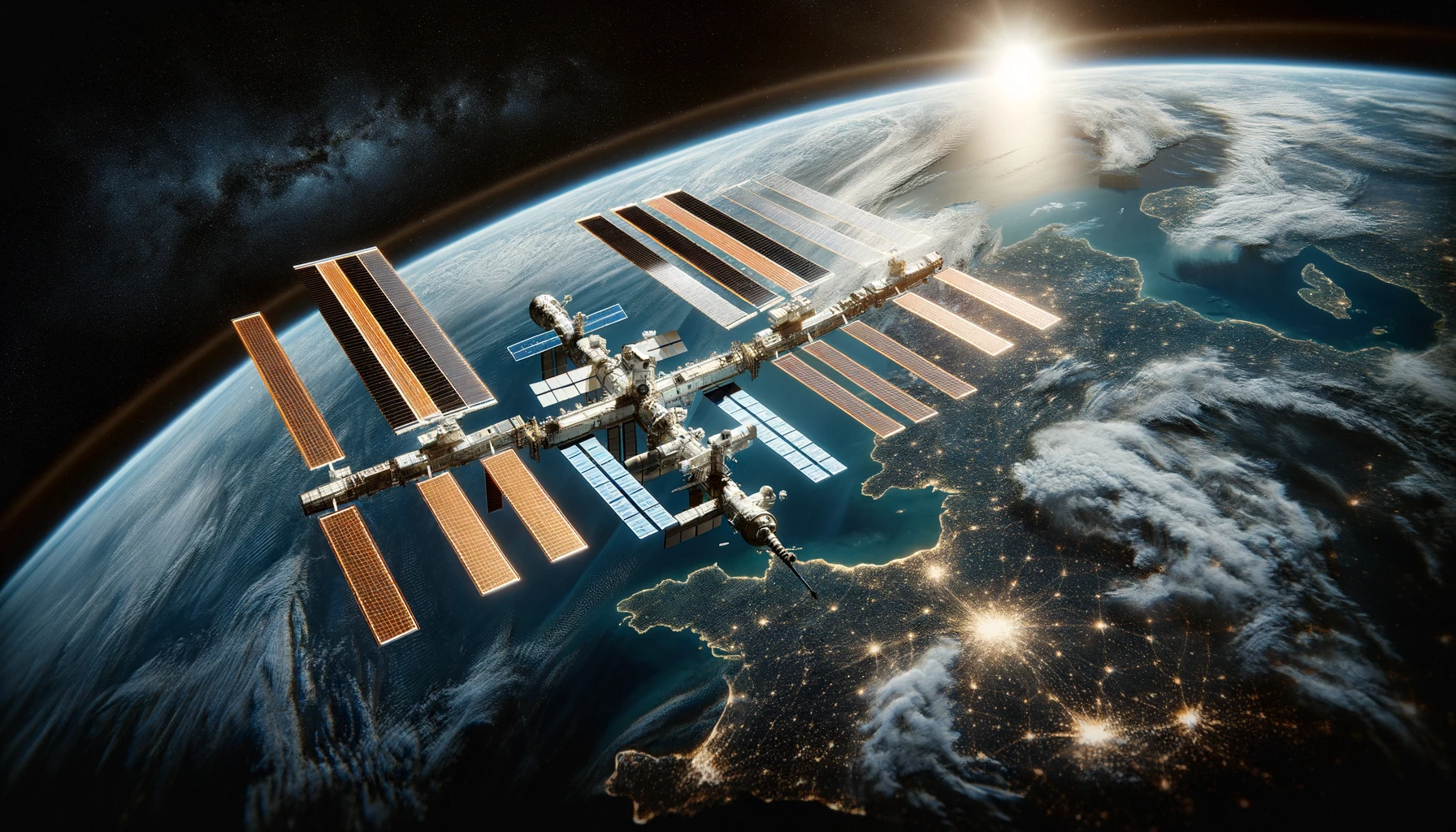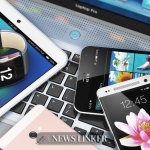In a surprising twist of events, NASA‘s Fermi Gamma-ray Space Telescope did not detect the anticipated gamma rays from a supernova explosion within the Pinwheel galaxy, despite expectations based on standard astrophysical models. This finding, from the explosion named SN 2023ixf, raises questions about the processes that lead to cosmic ray acceleration in supernovae, which are often considered prime sites for such phenomena.
Since the early 20th century, scientists have been piecing together the origins and mechanisms behind cosmic rays—high-energy particles that strike the Earth’s atmosphere continuously. Historically, researchers speculated that these particles originated from supernovae, stellar explosions powerful enough to accelerate particles to speeds near that of light. The interactions within supernovae were believed to produce not only cosmic rays but also gamma rays when these particles collided with surrounding matter and light. Yet, the recent observations by Fermi present a scenario where expected gamma rays were conspicuously absent, suggesting potential variations in supernova mechanics or the conditions surrounding these explosions.
Historical Context and Previous Theories
The theories around supernovae as sources of cosmic rays have been bolstered by various observations and models over the decades. For instance, in 2013, data from Fermi indicated that supernova remnants within our own Milky Way were indeed accelerating cosmic rays, which then interacted with interstellar material to produce gamma rays. However, the levels of high-energy particles detected were not sufficient to match the quantities expected, indicating gaps in our understanding of these cosmic phenomena.
Related Studies and Findings
Complementary studies have also thrown light on cosmic rays and supernovae. For example, an article from Space.com titled “Mysteries of Cosmic Ray Origins Continue to Puzzled Scientists” and another from Scientific American called “New Insights into Cosmic Rays and Their Stellar Origins” both discuss ongoing research aimed at uncovering the sources of cosmic rays. These articles explore different angles, including the role of magnetic fields in altering the paths of these charged particles, further complicating direct tracing of their origins back to supernovae.
Implications for the Reader
- Fermi’s non-detection points to unknown aspects of supernova environments.
- Understanding cosmic rays’ role in Earth’s radiation exposure remains critical.
- Future supernova observations could revise existing cosmic ray theories.
The absence of gamma rays in the recent Fermi observations could imply several things: differences in the initial assumptions about the supernova’s environment, variations in particle acceleration processes, or perhaps the influence of other cosmic structures on gamma ray production. The findings push the boundaries of current astrophysical theories and open up new lines of inquiry into the life cycles of stars and the mechanisms powering cosmic rays. As researchers continue to study SN 2023ixf and other similar supernovae, both through direct observation and simulation, our understanding of these cosmic phenomena will undoubtedly evolve, potentially altering how we perceive the universe’s most energetic events.










